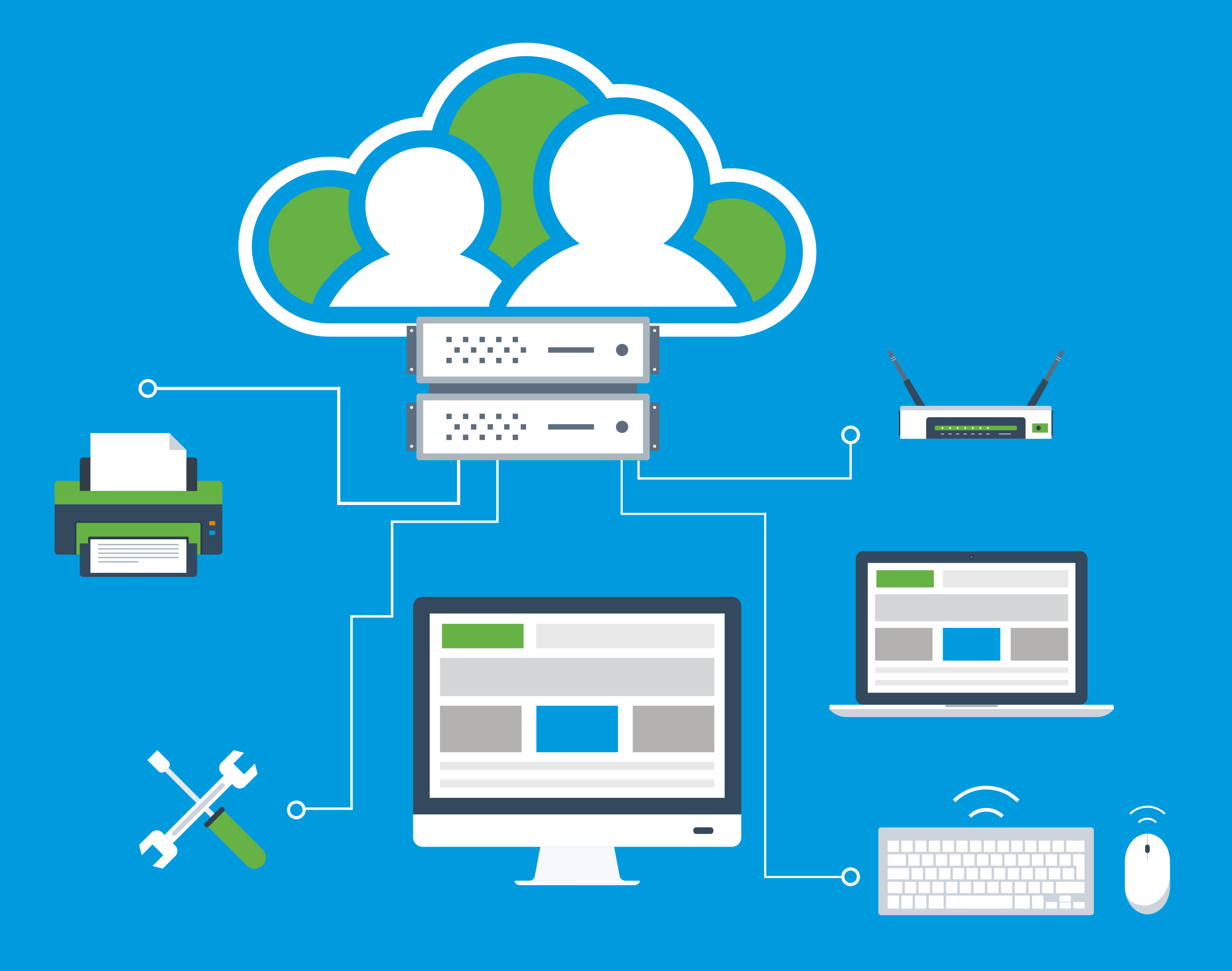With all of the changes that are impacting the modern office, IT admins can’t help but wonder if there is an identity and access management (IAM) solution they can use to replace Microsoft® Active Directory® (AD). An overcrowded IAM market and clever marketing have made it rather difficult to distinguish which IAM solution could replace AD. One question we have received is, “Can I replace AD with Ping Identity®?” We’ll answer that question in this blog, but first, let’s take a look at how Ping Identity compares to AD from a high level.
A Look at AD and Ping Identity

To compare Active Directory and Ping Identity is like comparing apples to oranges. On one hand, Active Directory is the leading on-prem directory service and core identity provider. On the other hand, Ping Identity was one of the first and most popular web application single sign-on (SSO) solutions. There is a big difference between the core identity provider for an organization and a web app SSO provider. Therefore, when looking at AD versus Ping Identity, it’s really more important to think about what you want to accomplish.
Connecting On-Prem with the Cloud
Some organizations need to hang on to their on-prem identity management infrastructure in order to meet certain compliance regulations, but they need to be able to connect to web-based applications. In this scenario, using Ping Identity in conjunction with Active Directory works well, and that is generally how most organizations leverage Ping Identity with Active Directory. The core identity is housed within Active Directory, which then integrates with Ping Identity. The identity is subsequently federated to web applications. For many large scale enterprises and government organizations, the approach of combining AD with Ping Identity has worked well.
Eliminating On-Prem in Favor of the Cloud
For cloud forward organizations, though, the chance to completely replace their on-prem identity management infrastructure is appealing. Not only can Active Directory be replaced, but there may also be no need for a separate web application SSO solution. For many modern organizations, a cloud identity management platform that securely manages and connects users to the IT resources they need – systems, applications, files, and networks – can eliminate the hassle, cost, and effort of on-prem identity management. It does sound a little too good to be true, but a cloud identity management platform with this type of offering does exist. It’s called JumpCloud® Directory-as-a-Service®, and it can make an IT admin’s identity management dreams come true.
Replace AD with JumpCloud

The JumpCloud Directory-as-a-Service platform is the first completely cloud-based core identity provider that can empower IT organizations with the option to eliminate the majority of their on-prem identity management hardware. Because the JumpCloud platform is delivered “as-a-Service”, this also means IT admins don’t have to deal with the hardware and software maintenance, management or availability. JumpCloud takes care of all of that.
In addition to being cloud-forward, JumpCloud takes an independent approach that makes it possible for our directory services to adapt to your IT environment. This is possible because, as a core identity provider, JumpCloud integrates with IT resources regardless of their provider, protocol, location, and platform. The end result is that you are able to centralize authentication to the following:
- Windows®, Mac®, and Linux® systems
- Local and cloud servers
- Legacy and web-based applications
- Virtual and physical file storage
- Wired and wireless networks
By leveraging our cloud IAM solution, end users will have seamless access to all of their IT resources, and IT admins won’t have to sacrifice on visibility and security.
Find out More
Still wondering “Can I replace AD with Ping Identity?” Reach out to us to learn more about what a comprehensive identity management solution can do for your environment. If you are ready to start testing our cloud-based directory services, sign up for a free account. Your first ten users are free forever, and you will have full access to the JumpCloud platform.





